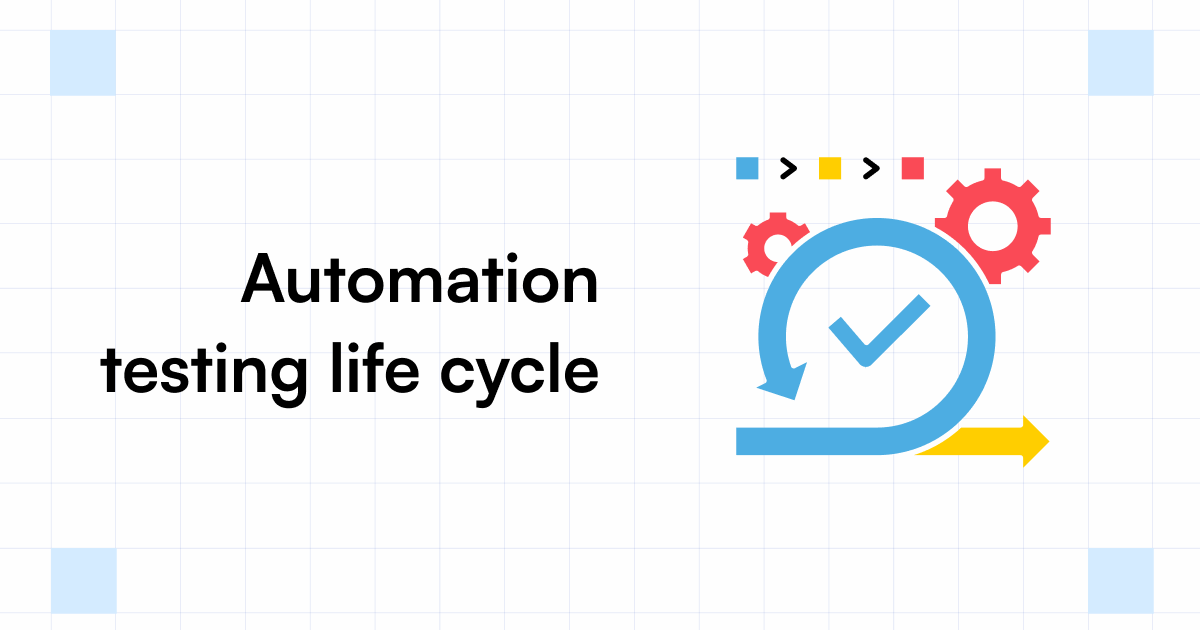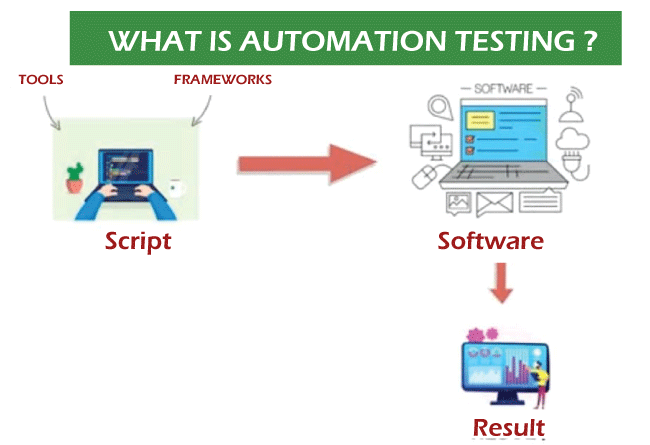Automation Testing Frameworks: Simplifying Complex Testing Scenarios
Automation Testing Frameworks: Simplifying Complex Testing Scenarios
Blog Article
Making Certain Success in Automation Evaluating: Key Metrics, Obstacles, and Solutions Every QA Team Must Know
In the realm of software program top quality guarantee, the landscape of automation testing is ever-evolving, demanding a meticulous approach to ensure seamless operations. The trip to grasping automation testing is paved with subtleties that call for a keen eye for tracking, analysis, and constant improvement. As the sector propels onward, the mission for optimal performance in automation screening stays a continuous quest, advising QA groups to outfit themselves with the knowledge and approaches essential for accomplishment.
Relevance of Trick Metrics
Understanding the importance of key metrics is necessary for assessing the performance and performance of automation testing processes. Trick metrics work as quantifiable actions that supply important insights into various elements of the testing procedure, such as test insurance coverage, test execution time, flaw density, and examination case effectiveness. By evaluating these metrics, QA groups can determine traffic jams, inadequacies, and areas for enhancement within their automation screening structure.
One essential facet of essential metrics is their capability to track progression and monitor the total health of the screening procedure (automation testing). They allow stakeholders to make educated decisions based upon data-driven insights, which can bring about more effective screening strategies and much better source allotment. In addition, key metrics can assist groups set reasonable goals, gauge the success of automation initiatives, and demonstrate the ROI of automation screening initiatives

Typical Difficulties Faced
Challenges generally come across in automation testing procedures can substantially affect the total performance and efficiency of QA groups. One of the significant difficulties is the selection of the appropriate test instances for automation. Not all test instances are appropriate for automation, and choosing the incorrect ones can lead to thrown away time and resources. In addition, maintaining examination scripts can be an overwhelming task, specifically as the application goes through regular changes. Test manuscript maintenance requires constant updates and modifications to guarantee they reflect the existing functionality precisely. Another typical obstacle is the initial investment needed for setting up automation structures and devices. This can be a barrier for some organizations, specifically smaller ones with limited spending plans. Automation testing might not cover all facets of testing, such as usability and individual experience screening, which still call for manual intervention. Getting rid of these obstacles requires proper planning, critical examination case selection, robust upkeep procedures, ample sources, and a clear understanding of the limitations of automation testing.
Efficient Solutions for Difficulties
To deal with the challenges run into in automation testing, executing reliable options is necessary for improving the performance and productivity of QA groups. One vital option is to buy durable training programs for QA groups to ensure they have the essential skills to effectively make use of automation tools. Training can link understanding gaps, enhance understanding of automation frameworks, and boost scripting capabilities, ultimately causing much more reliable test production and execution.
An additional important remedy is to establish clear interaction channels within the QA group and with other stakeholders, such as designers and project managers. Reliable communication aids in lining up assumptions, sharing progress updates, and immediately attending to issues or obstacles that might occur throughout the automation testing procedure.

Monitoring and Analysis Strategies
Executing reliable monitoring and analysis strategies is important for ensuring the success and performance of automation testing processes. Furthermore, evaluating examination outcomes and metrics offers useful understandings into the high quality of the software program being tested and the efficiency of the screening approach.
One key strategy in surveillance and analysis is making use of control panels that settle pertinent metrics and KPIs in click to investigate a visually official source available style. These dashboards use a thorough overview of test implementation standing, examination insurance coverage, problem fads, and various other critical information. On a regular basis assessing and analyzing these control panels can help QA groups make educated decisions, focus on jobs, and enhance screening initiatives.
In addition, executing automated informs and notices based on predefined limits can boost aggressive tracking and prompt treatment. By establishing informs for efficiency discrepancies or examination failures, groups can address concerns immediately and avoid them from intensifying. Generally, monitoring and analysis strategies play an essential role in making sure the performance and success of automation testing campaigns.
Constant Renovation Strategies
Enhancing the effectiveness of automation testing processes requires the regular improvement of approaches and strategies. Continual enhancement strategies are essential for QA teams to adjust to developing technologies and deliver top quality software. One crucial method to enhancing automation screening processes is to carry out regular testimonials and retrospectives. By evaluating previous testing cycles, teams can recognize bottlenecks, inefficiencies, and locations for enhancement. Carrying out feedback loopholes and incorporating lessons discovered into future screening frameworks can generate significant enhancements over time.

Conclusion
Finally, it is crucial for QA groups to understand the crucial metrics, challenges, and remedies in automation testing to make certain success. By very carefully keeping track of and assessing data, implementing reliable solutions to typical challenges, and constantly boosting techniques, QA groups can optimize their testing procedures and deliver high-grade software application items. Following these practices will inevitably lead to a lot more effective and effective automation screening techniques.
By assessing these metrics, QA groups can determine traffic jams, inefficiencies, and areas for a fantastic read renovation within their automation testing framework.
In addition, essential metrics can help groups set sensible objectives, measure the success of automation efforts, and show the ROI of automation screening initiatives.
Challenges commonly experienced in automation testing procedures can dramatically influence the general effectiveness and performance of QA groups. Automation screening might not cover all facets of screening, such as use and customer experience screening, which still require hands-on intervention.In final thought, it is vital for QA groups to comprehend the crucial metrics, difficulties, and options in automation screening to make certain success.
Report this page